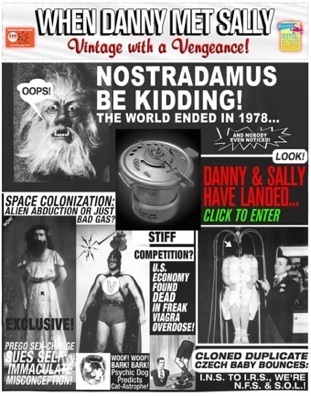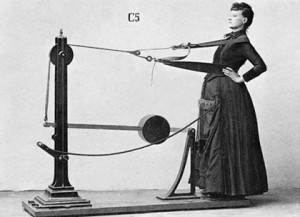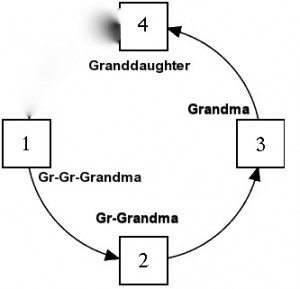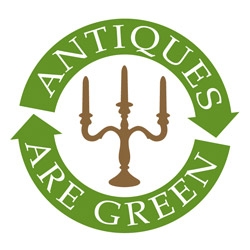by Ron Lawson
It seems almost everywhere you turn these days you do not have to go very far to notice a molded, pressed particle or stapled
flat pack piece of furniture, perhaps even in your own home. Certainly, It’s low cost appeal is foremost these days and it could be argued that it lasts several years.
 Indeed, by design that was it’s very role, Ikea was founded in 1943 by 17-year-old Ingvar Kamprad in Sweden In response to the explosion of human population and material expectations in the 20th and 21st century, the company implementing economies of scale, capturing material streams and creating manufacturing processes that hold costs and resource use down, such as the extensive use of particle board. The intended result is flexible, adaptable home furnishings, scalable both to smaller homes and dwellings as well as many larger houses. The products, widely once thought of as merely college age or dorm furniture designed to last through those years, has now become the staple for many of us.
Indeed, by design that was it’s very role, Ikea was founded in 1943 by 17-year-old Ingvar Kamprad in Sweden In response to the explosion of human population and material expectations in the 20th and 21st century, the company implementing economies of scale, capturing material streams and creating manufacturing processes that hold costs and resource use down, such as the extensive use of particle board. The intended result is flexible, adaptable home furnishings, scalable both to smaller homes and dwellings as well as many larger houses. The products, widely once thought of as merely college age or dorm furniture designed to last through those years, has now become the staple for many of us.
Odd ideology when placed in comparison with the growing green movement and pertaining to the global saving of the environment.
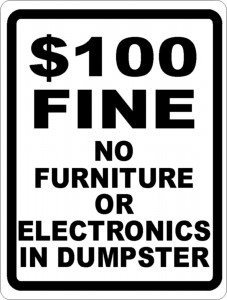 These days, as with our widely disposable use of many items, quality is secondary to use and items are simply made to be discarded as and used only when needed. This begging the question, is it quality down the drain or is it baby and bath water out the window? What I fancy calling “The Ikea mentality”.
These days, as with our widely disposable use of many items, quality is secondary to use and items are simply made to be discarded as and used only when needed. This begging the question, is it quality down the drain or is it baby and bath water out the window? What I fancy calling “The Ikea mentality”.
One of the side affects to this mentality certainly is the growing lost appreciation for actual quality and craftsmanship. People seem far less interested these days with whether a piece of furniture is antique, hand made, carved or of what wood than whether it will biodegrade or simply hold a playstation or just simply accent the new 3D plasma television.
This is by no means limited to furniture, but probably is an example the most readily noticed. I would question if there are very many 20-40 something’s out there with an eye towards ever collecting furnishings by Belter, Herter or Stickley & and of those how many are ever likely to be exploring classic period–Baroque, Nouveau or other pieces…even in the style.
I unfortunately see a day when other fine antiques such as that of Tiffany, Meissen, Daum, Lalique etc., are looked on as merely odd old trinkets in lieu of the local Target chrome plated centerpiece or faux resin bronze.
 While not being an elitist by any stretch of the imagination, I have witnessed a constant and steady decline in the appreciation of antiques in general. Not just as a response to the present economy but also the fact that true style in general has declined over the last 40 years to such a degree that everything produced currently (with some exceptions) is now marginal. Here today and gone tomorrow so to speak, not intended to last generation to generation. Heirloom quality now, represents merely a descriptive marketing term most often associated with such firms as the Franklin and Danbury Mint.
While not being an elitist by any stretch of the imagination, I have witnessed a constant and steady decline in the appreciation of antiques in general. Not just as a response to the present economy but also the fact that true style in general has declined over the last 40 years to such a degree that everything produced currently (with some exceptions) is now marginal. Here today and gone tomorrow so to speak, not intended to last generation to generation. Heirloom quality now, represents merely a descriptive marketing term most often associated with such firms as the Franklin and Danbury Mint.
Part of the love of antiques, is the appreciation of craftsmanship, it’s style and for myself…a preservation of history. The history that an item has survived and in some ways lives to speak to that time, an era or even a singular person. It evokes something deep within, as all antiques can and should. That the item will someday hopefully out last us and in some odd and perhaps romanticized fashion, we might impart a small bit of ourselves back into it. By understanding and caring for antiques, we in fact care for something, a memory far longer then the original owner could…but if able, would.
IF there is a continued loss of this appreciation, who will or could continue to preserve it?
How many of us take the time to simply spend a moment with our own friends or family and explain why an antique has meaning? For example, why grandmothers Chippendale desk is special (or at least special too you), why that Baroque inlaid bureau has such a design to it. Or, for that matter, why you still wear your late fathers vintage watch.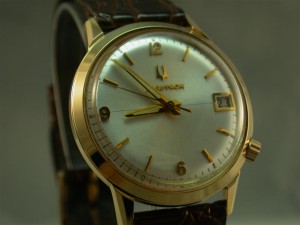
There is an enormous amount of passion to be found in antiques, whether you collect or sell them and there is also a responsibility to preserve and help perpetuate that same passion.
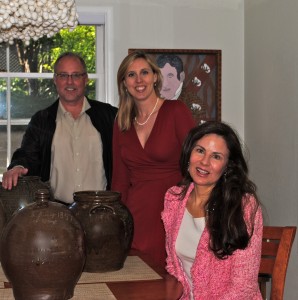 In conjunction with the American Decorative Arts Forum, Martin along with co-host Susan Doherty interviews Cybele Gontar, co-author of a new book on Louisiana Acadian & Creole Furniture, 1735–1835 (book available on our side bar). Listen to this fascinating interview with our knowledgeable co-host and guest.
In conjunction with the American Decorative Arts Forum, Martin along with co-host Susan Doherty interviews Cybele Gontar, co-author of a new book on Louisiana Acadian & Creole Furniture, 1735–1835 (book available on our side bar). Listen to this fascinating interview with our knowledgeable co-host and guest.







